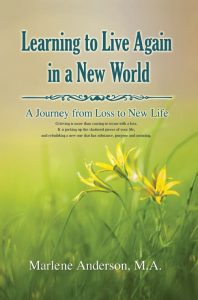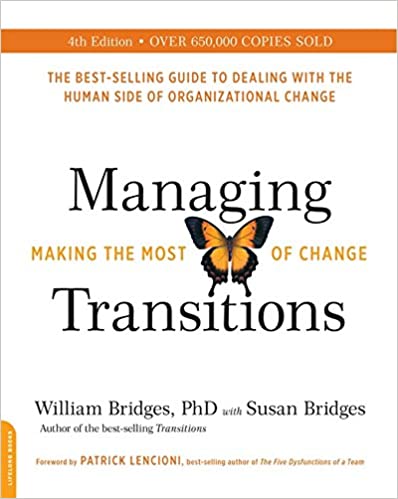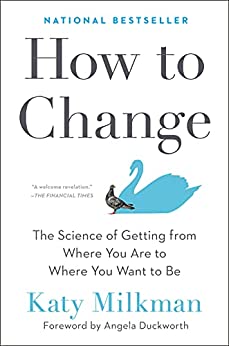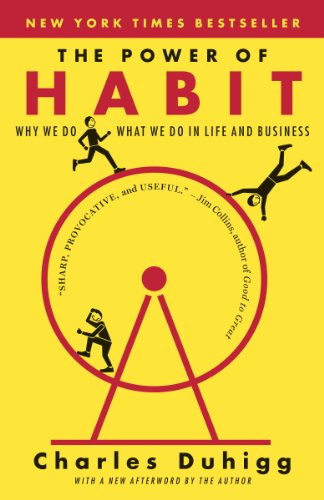Listen to this episode of the Focus with Marlene Podcast:
Get caught up with all episodes in the Moving Beyond Survival series.
What does it mean to challenge thoughts and beliefs?
It means making an assumption or hypothesis and testing its validity through objective analysis.
- How accurate is my thinking?
- How can I prove or disprove that?
- Can my thoughts be modified or expanded?
- What are the underlying beliefs?
Unchallenged, our first automatic thoughts to potential catastrophes can keep us in a fear, anxiety, or panic mode.
Challenging our thoughts allows us to get out of highly charged emotions while affirming our ability to be flexible, roll with the punches and believe in ourselves.
Crises will happen. Knowing how to go beyond our initial response allows us to think more appropriately.
Here is an example of someone worrying about their future:
Situation: You are close to retirement, the economy has tanked, and you are experiencing health problems.
Fear and anxiety escalate as uncertainty about the future mounts.
Your savings and pension are smaller than anticipated. Thoughts like: What will I do if I can’t pay my bills or remain in my home, or do some traveling I had hoped to do?
Challenged: I have a savings account. My pension may be small, but I can begin right now to budget, curb my spending, and pay off all my credit cards, thus reducing my debt. I can start right now putting more money into my savings or pension plan. I will start to improve my health by watching my diet and by exercising every day. I have managed in the past and can manage again. If I need to, after retirement, I can get a part-time job to help. My focus needs to be on what I can do right now.
When we challenge those first automatic thoughts that focus only on the worst possible scenario, we can temper them with more positive, alternative possibilities and constructive thinking. It doesn’t mean things won’t get tough. It means we are taking charge so we can be prepared to meet those challenges.
Think of a situation you’re going through.
Using the example above, challenge any negative thinking that keeps you focused only on the worst possible outcome.
Or choose one of your entries from your tracking last week. Before you challenge, identify all the emotions being triggered so you can address each of them.
Challenging thoughts basically asks the questions:
- Why do I believe this to be true?
- Who says it is true?
- Are my thoughts limiting me from finding alternative solutions?
- Could I reframe the situation to gather more information?
- What beliefs do I hold about myself?
Can you see yourself as competent and capable? Or do old habits of thinking keep you believing you are incapable? Challenge that belief.
Where did it come from and who says it is accurate?
Old messages from the past can reduce our ability to feel competent to make appropriate choices in the here and now.
Believing you are capable does not mean you won’t make mistakes or have to learn new ways or that you are better than anyone else. It just means you recognize your ability to grow and learn and accomplish.
Review your tracking entries from last week.
Is there a pattern of negative emotional responses to many situations? Were they appropriate for the circumstances?
Reflect on the situation again – on the emotions you had – and challenge the thinking. Ask yourself:
- How can I look at this differently?
- What can I do to reduce my worry and anxiety about life in general?
- How do I affirm my abilities?
- Do a further exploration by asking yourself, “Why am I feeling this way?
Worst-case scenario
Our minds like to create the worst scenario possible, and we have a tendency to dwell on that to the exclusion of anything positive. When our focus is narrow, we are usually excluding a lot of relevant information that could be helpful.
Reframe it.
Reframing takes a situation, pattern of thinking, or rigid belief and expands the view or interpretation of it. It is like replacing a telephoto lens on your camera with a wide-angle lens so you can see more. This expanded view helps you understand better all the elements of your life in order to rise above or work through difficult times.
As you become familiar with challenging irrational thinking, you will begin to identify and address personal distortions as soon as they are happening. These distortions will continue to pop up and sidetrack you until you recognize them.
Correct them immediately. “Oh, oh, I am blaming again,” or “Wait, I am not listening,” or “I am falling into the trap of “should” instead of “choice.”
Remove the words “should, have to and must” from your everyday language. Replace with need or choose.
The car needs to be taken in for a checkup. I will do it on Wednesday.
When you become aware of the stress perpetrated by the pressure of “have to” or “must,” replace with, “I can choose to do this or choose not to do this.”
Now your choices are tied to a thoughtful understanding of what you want and what needs to be done along with consequences associated with them.
You will be required to make difficult decisions throughout your lifetime. Some are as simple as choosing whether to wash your dishes after dinner or wait until morning. You can think through both options and make a choice that you are willing to live with, along with the consequences.
What is important in any decision-making is taking the time to think through your options and choices along with their consequences.
















